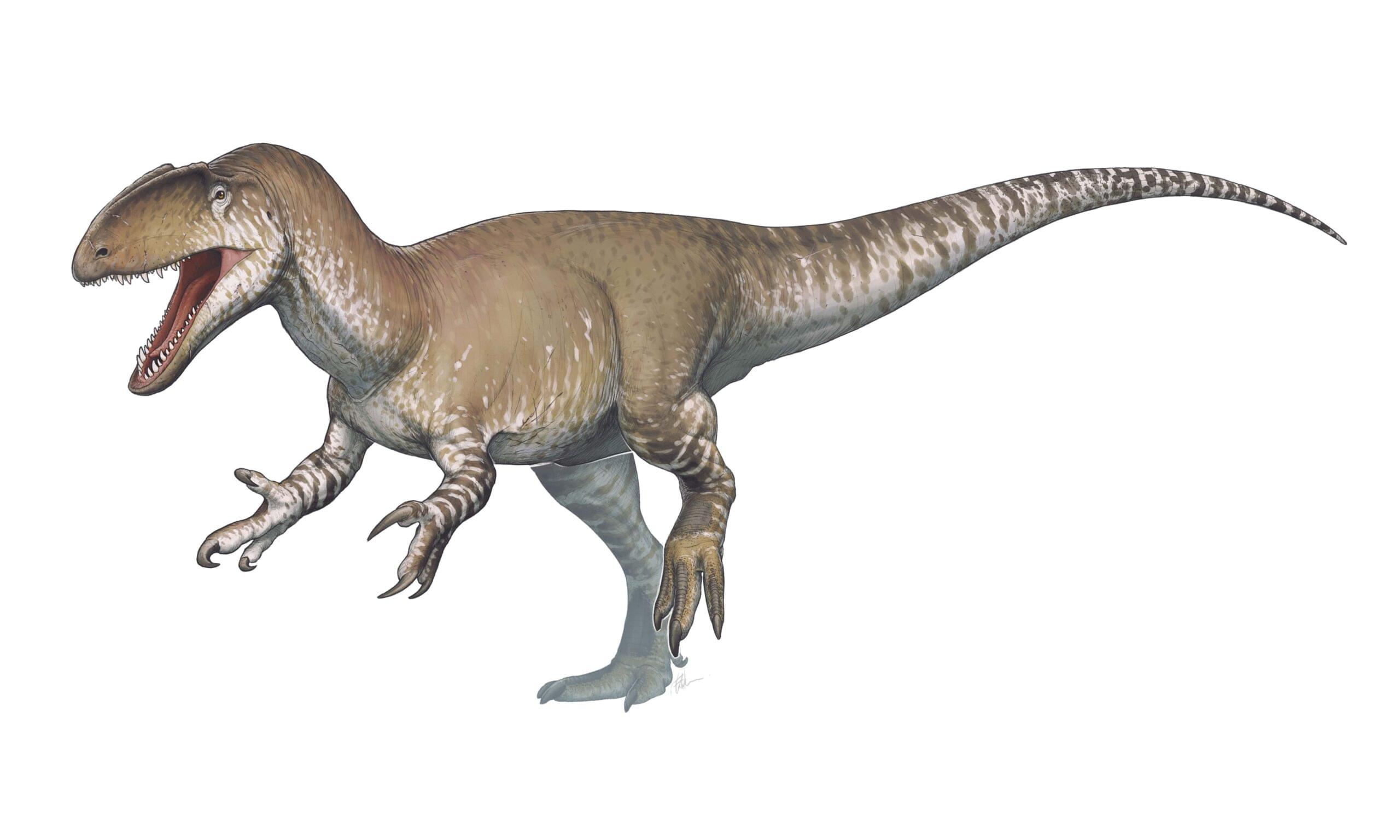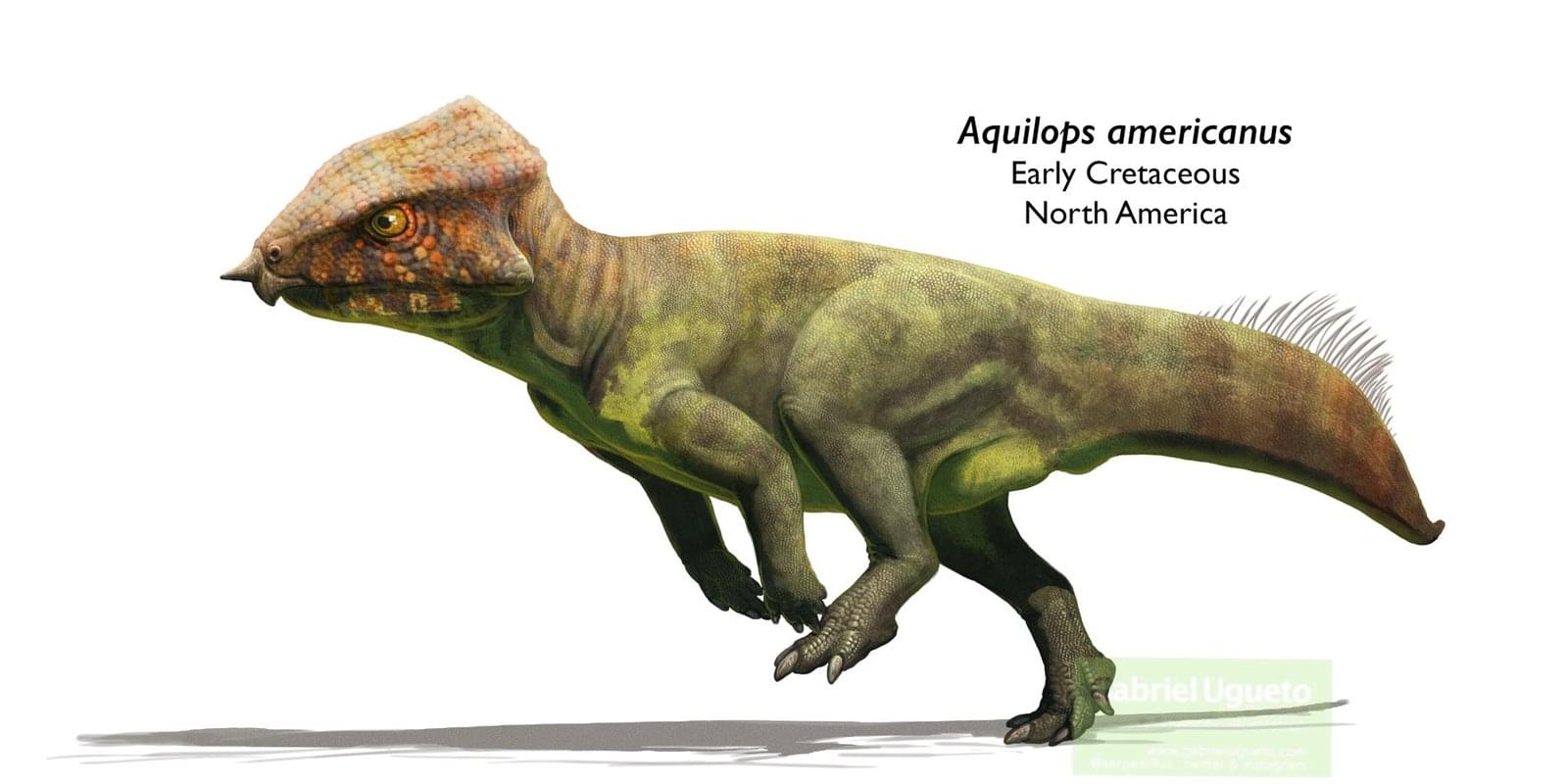Introduction:
This little pterosaur was one of the very first pterosaur to fly in the skies. Peteinosaurus was a very small pterosaur that lived in the Late Triassic Period when dinosaurs started to become more and more common in the landscape. Pterosaurs were one of those families which were different enough to be not in total competition unlike other reptiles that lived alongside dinosaurs. And they also the sky as their area to conquer and which is why they were able to become more diversified and why pterosaurs were alive until the extinction event in the Cretaceous Period. I remember Peteinosaurus from the hit documentary, Walking With Dinosaurs which is why I am writing this post!
Discovery of Peteinosaurus:
Surprisingly enough, there is no credited paleontologist on who actually discovered the Peteinosaurus but 3 slab fossils have been discovered around the area of Cene, Italy. And funnily enough all of the slab fossils are missing the skull. In a sense, we actually do not know how the face or the head was like but we do have rest of the body and we can compare and contrast the skeletal features with other pterosaurs and find out which pterosaur Peteinosaurus was similar with.
The first slab fossil is quite fragmentary and disarticulated, making it hard to identify what kind of pterosaur it is but the second slab fossil is a lot better because it showed the full body with wings and a tail which is up to 20 cm long and the tail is very straight and stiff. This is a super common feature among many pterosaurs of Triassic and Jurassic. The third slab fossil is also quite fragmentary but the paleontologists found out that all the fossils are sub-adults, not quite fully grown.
The genus was described by the German paleontologist, Rupert Wild, in 1978 and gave it the name ‘Peteinosaurus zambellii‘ The name, ‘Peteinosaurus‘ is derived from Greek words, ‘peteinos‘ meaning ‘winged‘ and ‘sauros‘ meaning ‘lizard‘ and you probably knew about the ‘sauros’ word by now. The species name, ‘zambellii‘ was named after Rocco Zambellii who was the curator of the Bergamo Natural History Museum of Northern Italy.
Biology of Peteinosaurus:
Peteinosaurus was a very small pterosaur and I don’t have to tell how small because the wingspan, meaning the tip of the wing from one side to another side, is only 24 inches (60 cm) which is like the size of 2 Ipad Pros stuck together. You can also see in the size comparison that it is only a little bigger than a mouse. Although the sizes are based upon the sub-adults and it could have grown a little bigger but that is the reality for this guy.
It maybe small but it has the bone construction that would be used by the larger pterosaurs in the future. It had strong bones but also super light to allow them to fly. Paleontologists have suggested that it would have trimorphodontic teeth, which means it would have 3 different kinds of teeth. It would 3 kinds of conical teeth based on other related genera. Considering the small size and the time, it would mainly have an insectivorous diet, feeding mainly on the insects. It mainly filled the role of Triassic birds and bats.
Pterosaur Wings:
A common misconception of pterosaur wings is that they would make it more like bats with all the front fingers extending back and attached with the skin flap but it could not be further from the truth. Only the 4th finger extended by a lot with which a flap of skin is attached with or extended to the finger and then that skin is attached with the fifth toe of the hind limbs. The fifth toe did not have claws and pretty long as it was attached to the skin flap which helped in controlling the wings. The skin flap which is the wing is usually called cruropatagium. There is also a smaller bit of skin that is from the legs to the start of the tail.
Classification of Peteinosaurus:
Peteinosaurus had a hard time of being placed in the pterosaur family tree but with it being so small as well as being one of the oldest pterosaurs, paleontologists can filter out the idea of it appearing later in the family tree. So, it would have to be at the start of the family tree and this is where the problem of identifying where the Peteinosaurus would be came. But with all that makes it different, paleontologists figured it out that it would belong to the most basal group of pterosaurs, the Dimorphodontidae and Peteinosaurus was assigned to this group by Robert L. Carroll in 1988. The only other member of this group, you have probably guessed it, Dimorphodon.
But later studies showed that the 2 of them did not show any close connection between them and so Peteinosaurus was moved out of Dimorphodontidae but stayed in the basal position which was confirmed by Fabio Marco Dalla Vecchia and he suggested that it could be junior synonym or second name for another pterosaur, Preondactylus. Preondactylus was considered to be the most basal of all pterosaurs according to David Unwin which is why, for a while, Peteinosaurus was thought to be a second name for Preondactylus.
Further on in 2010, another family tree analysis by Brian Andres and colleagues, placed it in Lonchognatha group which was then made of Eudimorphodon and Austriadactylus and they were thought to be basal pterosaurs as well. But then, another change in 2015 by Upchurch et al. created a whole new branch known as Eopterosauria. In this, Peteinosaurus was a sister genus to another group called Eudimorphodontidae which had a lot more early pterosaurs but now this is the family tree Peteinosaurus is in.
Media:
Now, the only reason why Peteinosaurus name is still around even with this very little research is because of it’s appearance in one of the most prolific dinosaur documentaries of its time, Walking With Dinosaurs. It showed up in the first episode of the documentary where it was shown drinking, hunting insects and taking a little bath in a water puddle. It also made a brief appearance in another documentary, Sea Monsters, just flying around. Sea Monsters is a part of the larger Walking With… Series and so they used the same model as they did with the first documentary. It also made an appearance in a kids show, Dinosaur Train but I am not well versed in this show so I cannot say much.
Merchandise:
Unfortunately, due to the lack of media presence, there is not any merch of this little fella. But this is it for now and the end for the blog post of Peteinosaurus. I hope you learned a lot about this old, tiny pterosaur. And I hope you can comment down below on what pterosaur, dinosaur or marine reptile you want to see next. See you again soon! And you can check out more dinosaurs or other prehistoric creatures post from the Species Profile page!!!!!
References:
- Creisler, B. (2003). “Pterosauria Translation and Pronunciation Guide” Archived 2007-11-09 at the Wayback Machine, Dinosauria On-Line.
- Müller R.T., Ezcurra M.D., Garcia M.S., Agnolín F.L., Stocker M.R., Novas F.E., Soares M.B., Kellner A.W.A. & Nesbitt S.J. (2023). ”New reptile shows dinosaurs and pterosaurs evolved among diverse precursors”. Nature 620(7974): p. 589–594. doi:10.1038/s41586-023-06359-z
- Haines, Tim; Chambers, Paul (2005). The complete guide to prehistoric life.
- Hans-Dieter Sues, Nicholas C. Fraser (2010). Triassic Life on Land. The Great Transition. Columbia University Press. p. 101. ISBN 9780231509411.
- “Peteinosaurus.” In: Cranfield, I. (ed.) (2000). The Illustrated Directory of Dinosaurs and Other Prehistoric Creatures. London: Salamander Books, Ltd. Pp. 282-283. ISBN 1-84065-241-1.
- Wild, R. (1978). “Die Flugsaurier (Reptilia, Pterosauria) aus der Oberen Trias von Cene bei Bergamo, Italien”, Bolletino della Societa Paleontologica Italiana, 17 (2): 176-256.
- Carroll, R. L. (1988). Vertebrate Paleontology and Evolution. New York: W. H. Freeman and Company. ISBN 0-7167-1822-7.
- Andres, B., J. M. Clark, and X. Xu (2010). “A new rhamphorhynchid pterosaur from the Upper Jurassic of Xinjiang, China, and the phylogenetic relationships of basal pterosaurs”, Journal of Vertebrate Paleontology 30 (1): 163-187.
- Upchurch, P.; Andres, B.B.; Butler, R.J.; Barrett, P.M. (2015). “An analysis of pterosaurian biogeography: implications for the evolutionary history and fossil record quality of the first flying vertebrates”. Historical Biology. 27 (6): 697–717. Bibcode:2015HBio…27..697U. doi:10.1080/08912963.2014.939077. PMC 4536946. PMID 26339122.
- Pterosaurs: Natural History, Evolution, Anatomy, 2013
- Matthew G. Baron (2020). “Testing pterosaur ingroup relationships through broader sampling of avemetatarsalian taxa and characters and a range of phylogenetic analysis techniques”. PeerJ. 8: e9604. doi:10.7717/peerj.9604. PMC 7512134. PMID 33005485.

